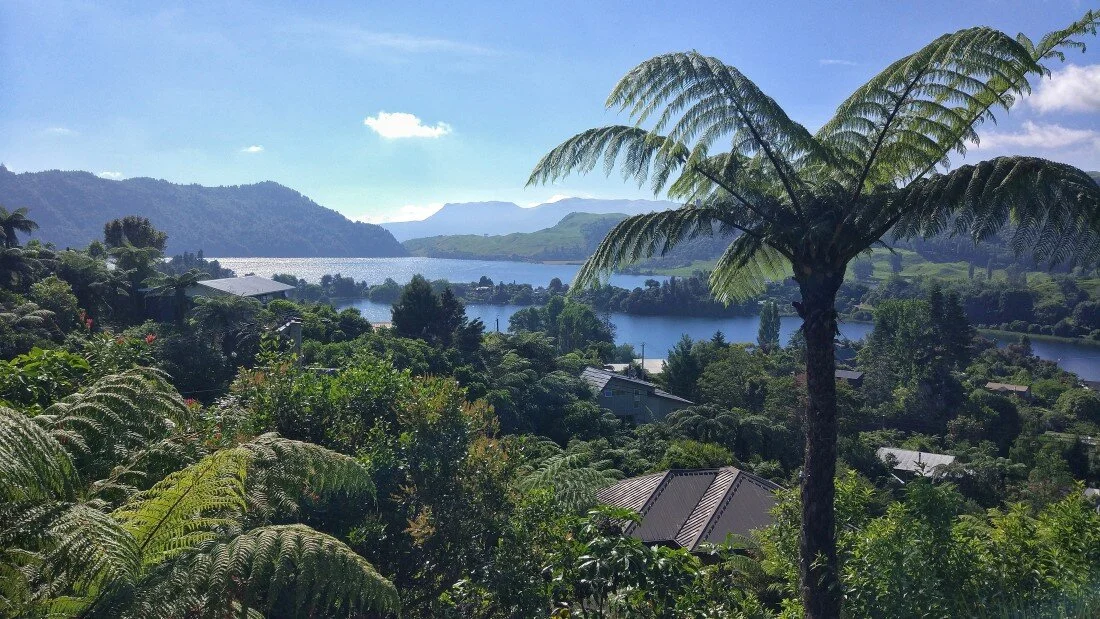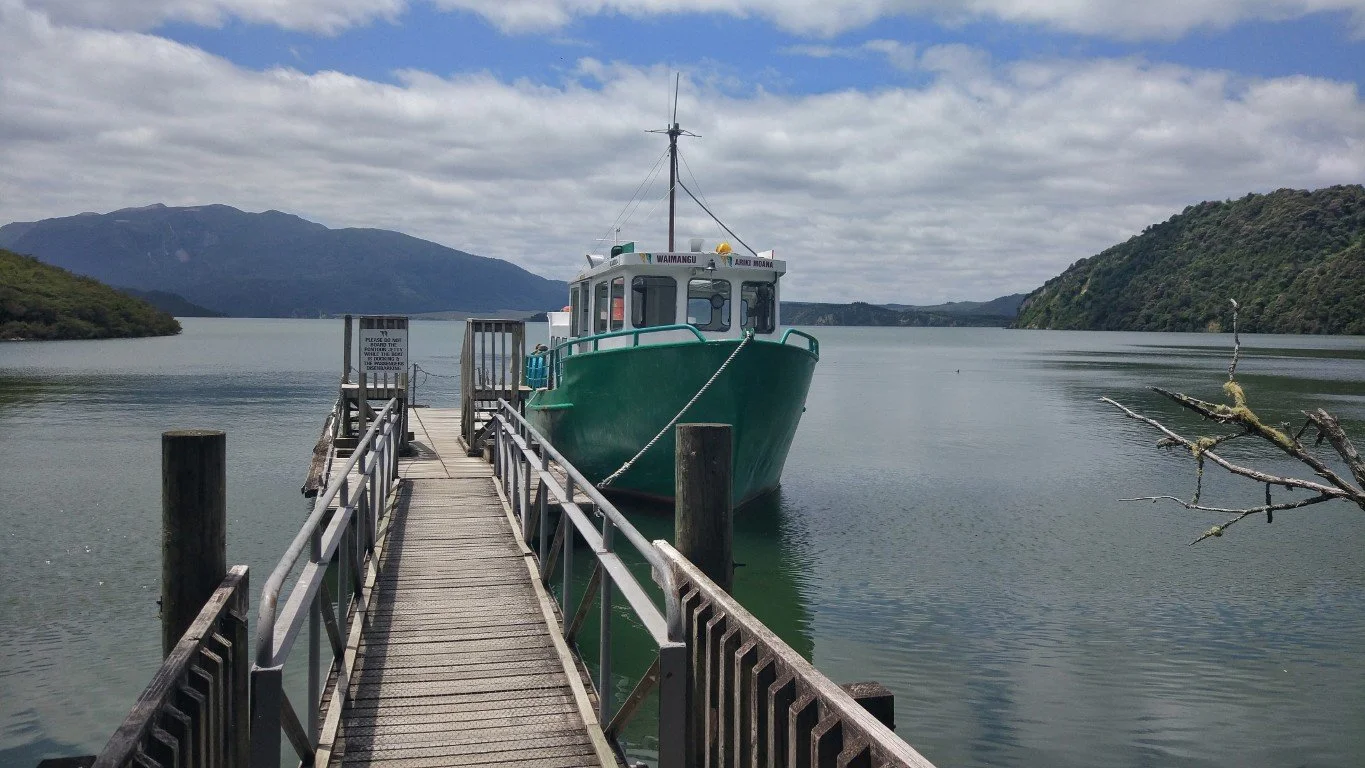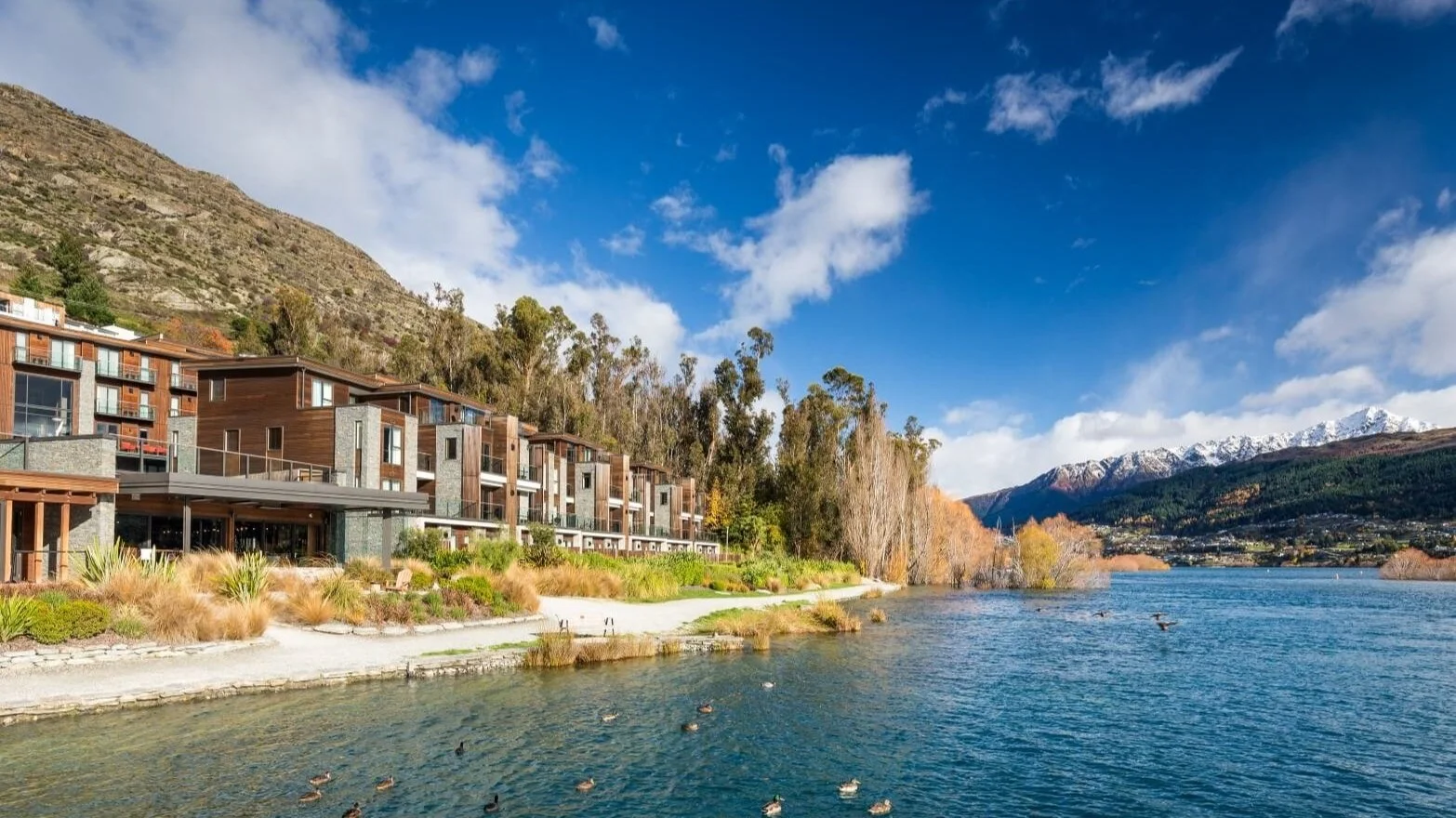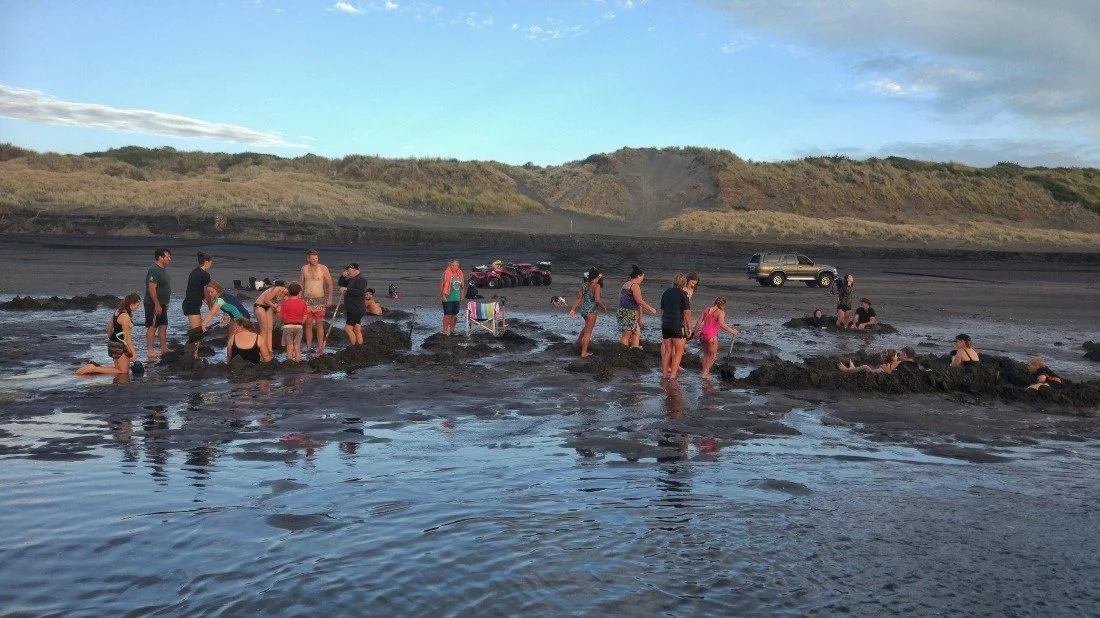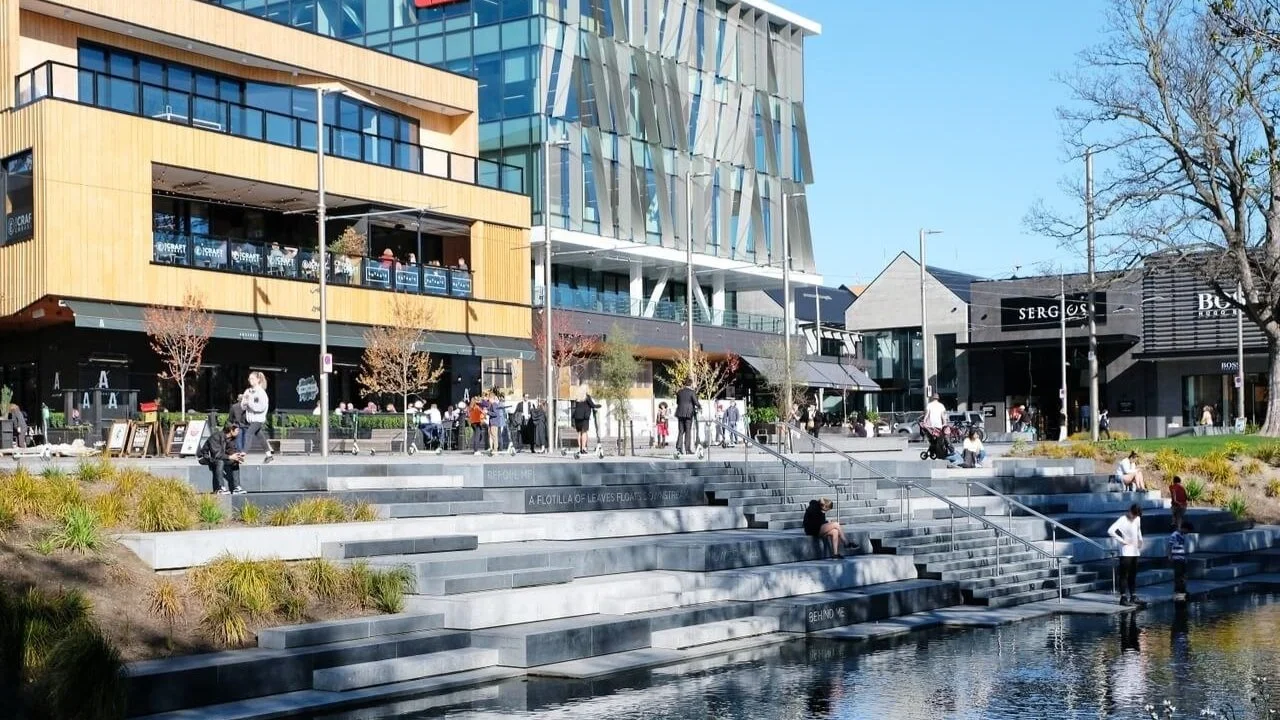Why the Mount Tarawera Crater Walk is a must-do in New Zealand
/No matter the weather, if you like walks and volcanoes, the Mount Tarawera Crater Walk is one of the things to do in Rotorua you shouldn’t miss!
Standing on top of Mount Tarawera summit I look around me and see...not much, really.
We are stuck in a massive rain cloud that just doesn’t want to move away and show us the usually amazing view over Rotorua and all the way to Bay of Plenty and White Island.
…OR book just the half day tour directly with the operator here.
Want to explore Mt Tarawera for a full day even? Book it here!
Throwback to 2017: I only just moved to New Zealand from Switzerland a couple of weeks ago, when I visited a small New Zealand travel expo in Auckland in the hopes of making some connections that could lead to a job. I didn’t, but instead, I discovered a tour that would lead the top of my New Zealand travel bucket list: Mount Tarawera Crater Walk.
love what you read? pin it to pinterest!
Mount Tarawera is a volcano on the outskirts of Rotorua. It last erupted in a faithful June-night in 1886 with a massive blast that killed over 120 people, sunk the then-famous Pink and White Terraces and completely re-shaped the surrounding landscape (it also formed the Waimangu Volcanic Valley, a geothermal park).
Two years after first learning about the Mount Tarawera Crater Walk, Kaitiaki Adventures guides Steve and Kyle take us on the tour. They pick us up from our hotel and together with another couple, we take on the private 4WD track to the start of the walk.
The weather in Rotorua already looked gloomy but up on Mt Tarawera, it’s worse. Being one of the few mountains in the area, the rain cloud got stuck and we are soaked within minutes of leaving the bus.
A group on the tarawera crater walk on a sunny day (pic courtesy of Kaitiaki Adventures)
Steve performed a Maori blessing, thanking the spirits of Maori chiefs who inhabit Mt Tarawera for letting us visit their grounds and asking for a safe walk.
We start walking and Steve points out what we would normally see if we weren’t stuck in the clouds. The views he describes sound amazing. When the weather’s clear, you can see Rotorua’s many lakes, even all the way to White Island in the Bay of Plenty.
Our group walking on Mount Tarawera.
Without the vast views, we focus on what we can see around us. Bright red basalt stones crunch under our feet as we’re walking along the crater rim, mixed up with black sand. Green moss and lichen grow on the flank of the mountain. The colours seem to pop even more in the rain and the passing clouds give it a mystical feel, almost as if the spirits of the Maori chiefs are following us.
We pass over ridges with steep slopes and I’m glad it’s not too windy and for once relieved the clouds won’t let me see all the way down. Passages like the one called ‘Keep Left Or Die’ add some extra thrill to the walk on Tarawera volcano. We all made sure to really keep left and no one died (actually, no one has ever died on the Mt Tarawera tours, you’ll be right).
What we saw on Mt Tarawera Summit….
…. Vs. what the view could’ve looked like. Oh well… (pic courtesy of kaitiaki)
After a very brief photo stop on the summit and admiring the non-existent view, one of the highlights lies ahead of us: the scree run.
Basically, it means running and jumping down a steep sandy slope into one of the volcanic craters. All you have to do is slam your heels into the sand to keep upright and thus prevent tumbling all the way down like a massive rock.
It is SO much fun!
Chris loves these kinds of runs anyway and quickly disappears in the cloudy distance below me. Steve the guide skips past me like a wallaby while I run towards the bottom too, but more carefully. Note to self to just let go next time we visit.
By the way: There’s also a fun scree run on the famous Tongariro Crossing, but it’s tiny compared to the one on Mt Tarawera.
soaked, but happy
At the bottom of the volcanic crater awaits the ‘School of Rock’ where Steve shows us various types of volcanic rocks and explains why and how they look as they do.
We keep walking along the fissure to the end of the crater where the last steep part awaits us. We climb up the aptly named ‘Punisher’, a mix between solid rock and sand. At the top, the clouds finally lift a little more, revealing a quick glimpse into the crater we just walked, almost like a farewell.
Just look at the amazing colours!
Even though the weather was as bad as it can get without the tour being cancelled, I’m so glad we got to visit this special place and witness its rough volcanic beauty. I also know this wasn’t the last time we did the Tarawera Crater Walk. Knowing how stunning it is even in pouring rain, sooner or later we’re going to come back and see it on a sunny day!
A little FAQ about the Mount Tarawera Crater Walk
Can you climb Mount Tarawera alone?
No, that’s not possible. The mountain belongs to a Maori tribe and is closed to the public. The only way to access Mount Tarawera is by joining Kaitiaki Adventure’s tour.
How to get to Mount Tarawera?
When you book your Tarawera volcano tour through Kaitiaki Adventure, your guide will pick you up from your Rotorua accommodation or Rotorua i-Site.
The drive to the start of the walk takes about an hour and the last part of it is via a 4WD road. It can get quite bumpy, for those who are affected by motion sickness.
What to wear and bring for the Mt Tarawera tour
As this is a mountain walk, active gear is the right thing to wear. This means fast-drying walking apparel like hiking pants, merino or gym shirt.
And above all (and as a general rule for New Zealand), wear layers! Mt Tarawera is a mountain and weather can change quickly.
You could wear sneakers but I highly suggest proper hiking boots as you’d collect all the volcanic sand and scree in shoes
Also, don’t forget to bring water! There’s no water tap from after you’re picked up at your accommodation.
Should I take the morning or the afternoon tour?
This mostly depends on your further itinerary. If you can choose, though, I suggest booking the afternoon tour. You’ll have a more relaxed time on the mountain as the guides won’t have to rush back to Rotorua to pick up the next group.
Selfie-time with our guide kyle
How long is the Mount Tarawera Crater Walk?
The walk itself is about 4km long and the loop takes approximately 2 hours to complete, picture-snapping included.
The whole tour, including transfers from and to Rotorua, takes about 4 hours.
Do I need good fitness to do the crater walk?
You need a moderate fitness to do the walk. The complete walk is over basalt rock and sand. And there are some short but steep parts you need to climb, as well as the scree run into the crater.
If you’re afraid of heights, there might be a couple of challenging points, but it’s never too narrow that it could be dangerous. I managed without even coming close to a meltdown, so I’m pretty confident you will, too :-) (No guarantee, though). If you do struggle, the guides will be there to help.
Tarawera Crater Walk is also a great alternative to the Tongariro Crossing. It’s much shorter than the crossing, guided but looks just as outer-worldly as the landscape in Tongariro National Park.
view of mt tarawera crater on a sunny day (pic courtesy of Kaitiaki Adventures)
Is Mount Tarawera still active?
Yes, Tarawera volcano is still active. However, the last eruption was the devastating one in 1886 and it hasn’t erupted since. You’re also unlikely to see any volcanic or geothermal activity like in Rotorua itself or on White Island.
Did you know…
...that wallabies live on Mount Tarawera? Yes, you read right, the Australian animal (not the Australian Rugby players)! We first thought it was a joke when our guide told us and we didn’t see any, either. But there really is a population of wallabies living on the mountain and in the Rotorua area. Maybe you’ll be lucky enough to see one!
Read more about Rotorua:
Read more about the best attractions in Rotorua
Rotorua Walks to get away from it all
On a budget? There are a lot of FREE things to do in Rotorua.
Trying to decide which geothermal park you should visit? This article compares all of the geothermal parks in Rotorua to help you find the right one.

